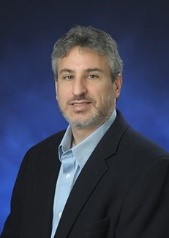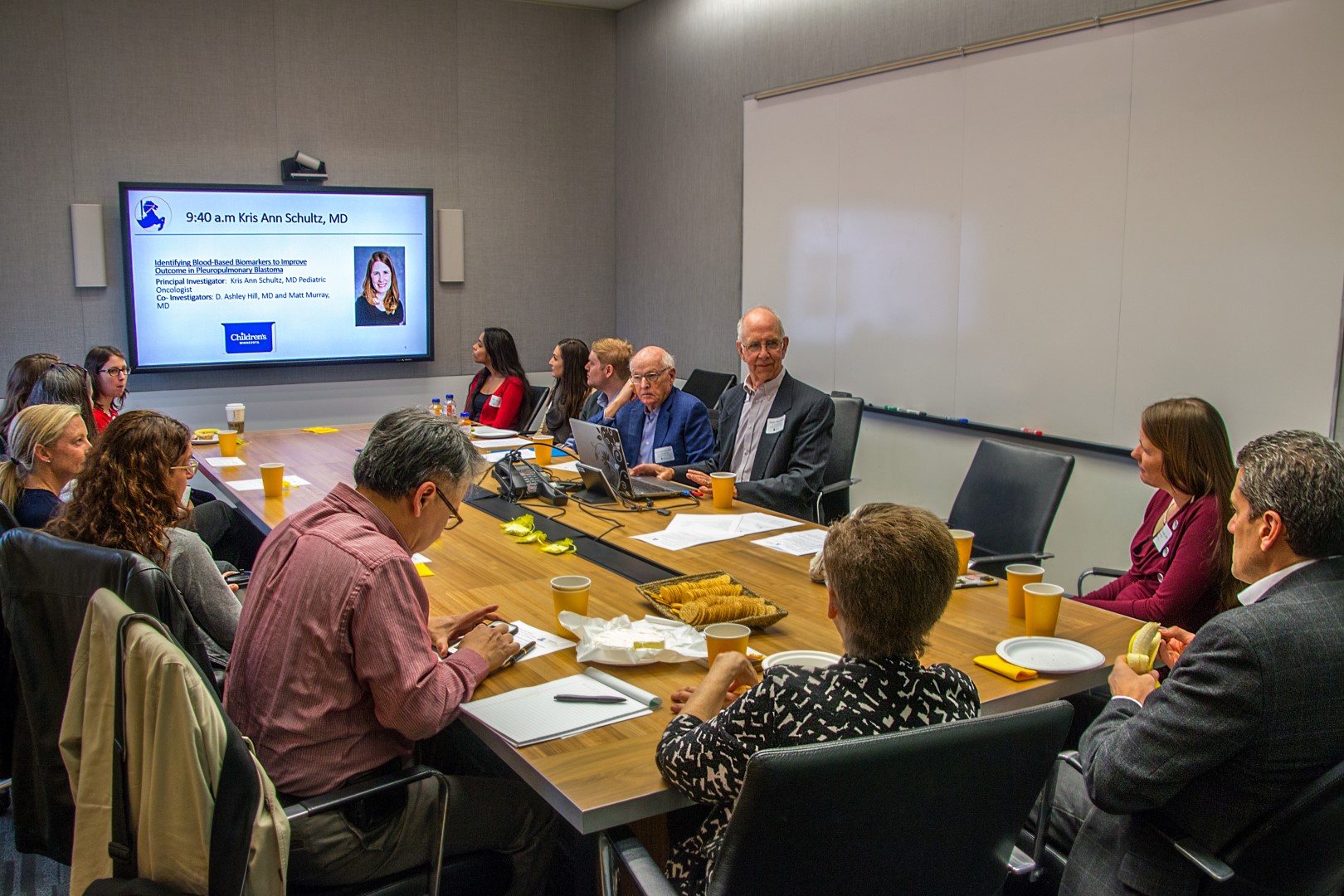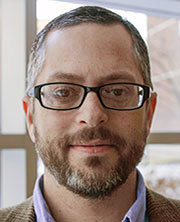
University of Minnesota Professor Jaime Modiano is a dog doctor, whose passion for treating his animal patients may translate into new medicine for you. Dogs get sarcoma cancers, naturally, at a much higher rate than people do. They also have much shorter life spans than people. We can learn a lot by studying dogs, and can quickly determine which new treatments may be best, for them and for us. University scientists, medical doctors and veterinary doctors are working together on many exciting research projects, including those for angiosarcoma and osteosarcoma. Dr. Modiano says: “I’m doing something I love to do,” which may end up helping people and their pets. To learn more about exciting sarcoma collaborations, some inspired and funded by RIS, keep reading!
Dr. Modiano completed his training in veterinary medicine and received a PhD in immunology at the University of Pennsylvania in 1991. He completed a residency and fellowship in Colorado, then moved to Texas A&M for several years. From 1999 to 2007 he worked in Colorado, serving as a senior scientist in cancer research and an Associate Professor of Immunology. Dr. Modiano misses the gorgeous mountains and dry air in Colorado, but also loves his new work in Minnesota. In 2007 he joined the College of Veterinary Medicine here, where he serves as Professor of Comparative Oncology and as Director of the Animal Cancer Center and Research Program.
“I am a dog doctor, I am proud to be a dog doctor.”
Dr. Jaime Modiano
Dr. Modiano began our interview by emphasizing that “I am a dog doctor, I am proud to be a dog doctor.” He studies naturally occurring cancers that arise spontaneously in dogs. Dogs are much less likely than people to get breast cancer or prostate cancer. “Dogs don’t smoke,” and they don’t really get lung cancers. Their diets are a bit different, so they don’t get a lot of the gut cancers humans do. Dogs do get cancer, though, and the cancers they are much more likely to get are blood cancers and sarcomas. These cancers are “very rare in people, and very common in dogs.” This gives doctors an opportunity and a question: “Can we use the tumors happening spontaneously in dogs to help us answer the questions” why people get cancer, and what doctors can do about it?
In many respects, the answer is a resounding YES. For example, other than the life stage at which it occurs, osteosarcoma in dogs is “virtually identical” to the disease in people. And in dogs, it may be much easier to figure out what is driving the problem. There are many steps on the way to a cancerous tumor. First, one cell needs to “become bad.” Then this cell needs to acquire the ability to outcompete its neighbors and grow out of control. Many different things can go wrong along the way, and when scientists look at many tumors – even of the same cancer type – they see hundreds of different genetic mutations. What they really need to know is: Which are the really bad actors? What should be our targets? Because people have exercised control over dog breeding, there are discrete breeds with more isolated, narrower gene pools. This gives doctors a better chance to find important traits that really drive cancer growth and spread.
Some time ago, Dr. Modiano and his colleagues began approaching this question in a slightly different way: they decided to “let the tumor tell us what matters.” They identified molecular genetic “signatures” that tended to appear in one of two different ways in each bone tumor. When they looked at the two groups of animals to see if there were any other differences between them, besides the genetic signature of their tumor, they discovered that these signatures correlated with survival time. One signature occurred in a group that did very poorly; the other signature occurred in a group that did better. The team then applied their bone cancer signature test to other groups of dogs or people and found that separation into two similar groups was there, every time.
Jaime is married to Dr. Michelle Ritt, a board certified specialist and Clinical Associate Professor of Medicine at the University of Minnesota. They share their home with Logan and Quetzal. The researchers think they know what cellular component is responsible for causing the really bad outcome, but more testing is needed. With this year’s RIS grant, Dr. Modiano will test to see if different variations of the gene he thinks is so important really will cause differences between the two bone cancer signatures. If the answer is yes, “then we have a target” for new drug treatments.
With an earlier RIS grant, Dr. Modiano studied angiosarcoma growth and development. He was able to build upon previous work to strengthen the evidence for “very select survival-related effects” associated with certain cancer stem cells. In other words, scientists may be able to predict which tumors will develop rapidly and spread aggressively by looking to see whether or not they have these few certain kinds of cells. Figuring out how these particularly lethal cancer cells stay alive, even when they should be marked for death by our body, also may give doctors new drug targets.
For both projects, small RIS grants have allowed Dr. Modiano to build upon past research and strengthen the evidence for major grant requests, which ultimately may leverage scientific experiments into better clinical knowledge and successful cancer treatment, for our dogs and for their people. And once again, we see collaborative energy stirring at the University, leading scientists with different backgrounds and specialties to work together in asking important questions and pursuing creative answers. For this support, Dr. Modiano is “very excited and very grateful.” For the work, we are excited and grateful as well.
By Christin Garcia
To learn about the Modiano Lab at the University of Minnesota, click here.


